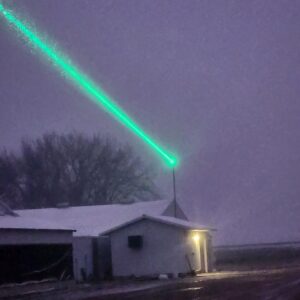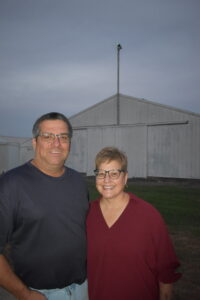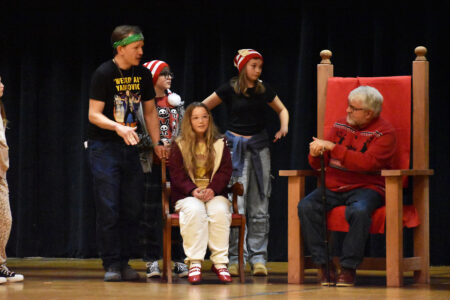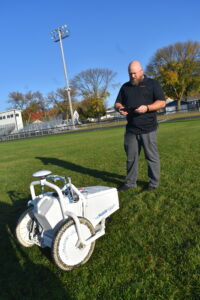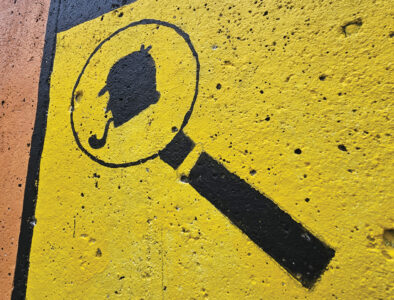Have you seen the laser zone?
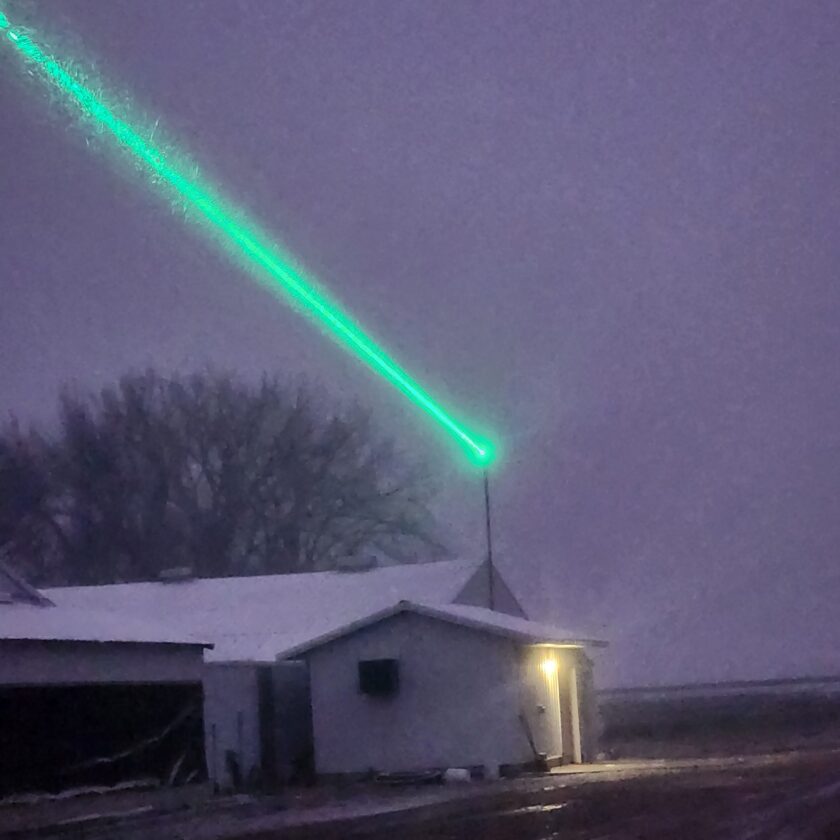
Barn lasers can deter birds that can carry the H1H1 virus including ducks, geese and shorebirds like storks and plovers. Lasers create a visual disturbance, encouraging birds to leave the area. Moving laser beams mimic a predator’s approach. They can be used in barns and fields to protect crops and livestock.
They are invisible to the human eye during the day, but at night, laser beams shed a bright green light around turkey barns that is hard to miss.
The lasers are on a pole on top of turkey barns for a good reason. Operating around the clock, they reduce the number of birds on or near the turkey barns by about 70%, said Loren “Butch” Brey, who owns Brey Farms with his wife Brenda.
“We’re in the breeder business. We sell just under 3 million fertilized eggs a year to the Select Genetics hatchery in Willmar and distributed around the country,” said Brey. “This is my 34th year in the business. The last two years it’s been kind of a tough subject because turkeys have been sick a lot. It took us about a year to fully restocked.”
His concerns are his birds and his employees — some who have worked for him for 20 years.
Brey gets birds when they’re a day old. Hens lay 110 eggs when they are 29 to 60 weeks old when they are sold.
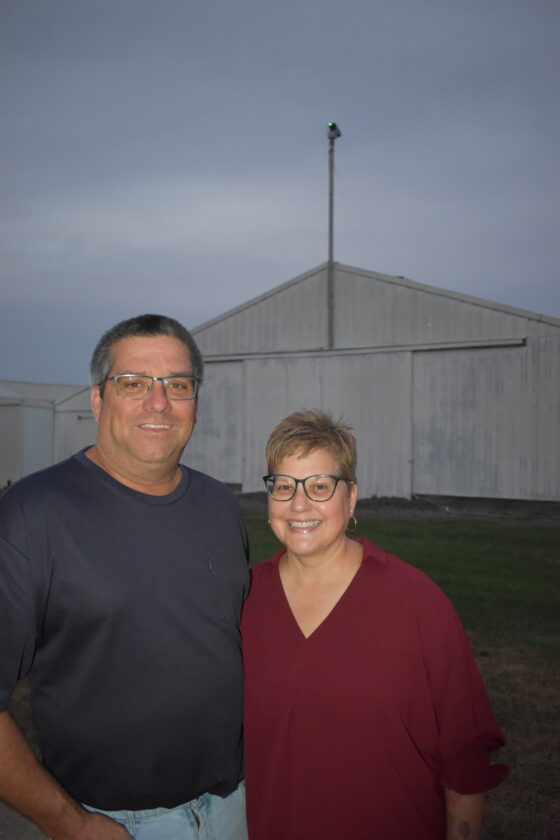
Loren “Butch” Brey and his wife Brenda stand in front of one of their turkey barns with a bird laser. Below, a bird laser shines 24-7 on a grassy area near Loren and Brenda Brey’s Brown County turkey barn.
The Breys have had lazer lights on turkey barns east of Sleepy Eye for a couple years.
“I think we’re seeing success with the laser lights. Of course, they don’t keep all birds away. The lasers are used in airports too,” said Brey.
On Thanksgiving 2023, two of their farms were infected with highly pathogenic avian influenza, resulting in the loss of about 25,000 birds.
The importance of laser lights reached a new height recently after agriculture officials reported H5N1 avian flu outbreaks in poultry including Redwood, Le Sueur and Blue Earth counties.
Over the last month, outbreaks led to the loss of 3.75 million birds, according to the U.S. Department of Agriculture Plant Health Inspection Service.
Birds perceive the laser beams that circle the barns as a physical danger, disperse, don’t return and are not hurt.
Birds have excellent vision and are particularly sensitive to green light wavelengths. The laser beams effectively reduce nuisance caused by many migratory birds including gulls, crows, pigeons, ducks, geese, starling, swifts and herons.
“The laser beam will go for miles, but on the farm sites with roof lines and trees in the way, each barn needs two laser lights,” said Brey.
He said the laser lights glitter when it snows and fog can diminish how far the they can be seen, but they are still very visible in the farmyard.
Brey said test results show laser lights are good at keeping animals like cats, raccoons and skunks that also carry the disease.
“Laser lights are another took in our toolbox,” he said. “My employees must park in an employee parking lot. We have a Danish entry (barn entry with separate personnel clothing plus cleaning, changing boots and disinfection including showers before and after entering barns to stop the spread of pathogens). Hopefully, with all these steps, we can keep more disease away.”
Brey said the laser beams are most effective after sundown, which is when most bird migration happens.
The laser beam units cost $14,000 to $16,000 per unit. He credits Minnesota as a leader in the avian flu battle with grant programs of up to $10,000 per farm.
Laser beams are also used to keep birds away from vineyards, sunflowers plots, apple orchards, golf courses, for cattle, around solar panels, fruit trees, among other places.
- Barn lasers can deter birds that can carry the H1H1 virus including ducks, geese and shorebirds like storks and plovers. Lasers create a visual disturbance, encouraging birds to leave the area. Moving laser beams mimic a predator’s approach. They can be used in barns and fields to protect crops and livestock.
- Loren “Butch” Brey and his wife Brenda stand in front of one of their turkey barns with a bird laser. Below, a bird laser shines 24-7 on a grassy area near Loren and Brenda Brey’s Brown County turkey barn.

